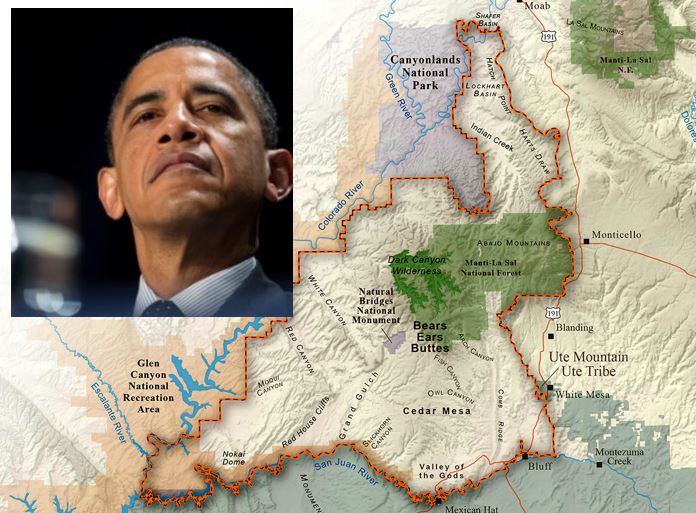The Real Costs of Solar and Wind Show How Insane the “Energy Transition” Is and Foretell the End of the Road for Net Zero

Energy Security and Freedom
Thomas J. Shepstone
The Fraser Institute just reported some startling data regarding the real costs of electricity produced from solar and wind facilities, compared to other energy sources. Here are the money paragraphs (emphasis added):
Often, when proponents claim that wind and solar sources are cheaper than fossil fuels, they ignore [backup energy] costs. A recent study published in Energy, a peer-reviewed energy and engineering journal, found that—after accounting for backup, energy storage and associated indirect costs—solar power costs skyrocket from US$36 per megawatt hour (MWh) to as high as US$1,548 and wind generation costs increase from US$40 to up to US$504 per MWh.
Which is why when governments phase out fossil fuels to expand the role of renewable sources in the electricity grid, electricity become more expensive. In fact, a study by University of Chicago economists showed that between 1990 and 2015, U.S. states that mandated minimum renewable power sources experienced significant electricity price increases after accounting for backup infrastructure and other costs. Specifically, in those states electricity prices increased by an average of 11 per cent, costing consumers an additional $30 billion annually. The study also found that electricity prices grew more expensive over time, and by the twelfth year, electricity prices were 17 per cent higher (on average).
None of this is a surprise to anyone paying attention to the facts of what’s happened in Germany, for example, but the renewables industry and its promoters are fond of citing levelized costs analyses that don’t account for the myriad problems of intermittency when it comes to solar and wind. The two studies cited above do account for these costs and the results put an end to any suggestion green energy is affordable, let alone even close to competitive.

The first of these two studies is worth examining in more detail as it directly addresses the foundational problems of the utopian net-zero dream. Titled simply as “Levelized Full System Costs of Electricity,” it was authored by Robert Idel, a PhD economist associated with Rice University in Houston, Texas. Here are selected relevant portions of the introduction and conclusion (emphasis and paragraphing added):
The lifetime costs of an investment are key measures for decision-making. This is true for investment decisions in electricity markets as well, where the most popular measure to compare different technologies for generating electricity are the Levelized Costs of Electricity (LCOE). To calculate the LCOE, the expected lifetime generation of an electricity generating plant and the expected costs to generate the lifetime electricity are calculated. After dividing total costs by total generation, the final number (usually in USD/MWh) is derived. Input assumptions like capacity costs, maintenance, marginal operating costs, or average capacity factor, which is particularly relevant for renewable sources of electricity, are crucial for the calculation and vary by study.
For example, Lazard (2019) estimates the LCOE of coal between 66 and 152 USD/MWh and onshore between 28 and 54 USD/MWh, whereas EIA LCOE (2020) derives LCOE for coal at of USD/MWh and LCOE for wind 40 USD/MW. Many recent studies indicate that the LCOE are the lowest for onshore wind and utility-scale solar using photovoltaic cells (hereafter referred to as “solar PV” or “solar”), findings frequently cited by proponents of a fast transition towards renewable electricity.
Nevertheless, if it is the cheapest source while not emitting CO2, why are countries still investing heavily in new gas and coal power plants? Is it just because coal generation may employ more people in politically sensitive regions of the country, or are there financial reasons not reflected in the LCOE?
Critiques of LCOE are not scarce. Joskow (2011) is one of the first to point out that LCOE ignore the costs associated with intermittency. It is easy to see the fundamental misunderstanding in LCOE: The LCOE describe the costs of generating electricity. However, the function of supply in electricity markets is not to generate electricity but to provide a specified amount of electricity to a specific place at a particular time. The locational aspect adds significant additional costs to renewables that are generally less flexible about where they can be sited than fossil fuel plants.
As a result, a larger grid is required to transport the electricity from, e.g., hydropower plants to the demand in urban areas. These transmission costs are partly taken care of in some LCOE estimates when a transmission cost adder is included in the LCOE. But, the timing aspect turns out to be even more crucial and the focus of this paper. Many renewables (like wind and solar) are intermittent and non-dispatchable (hereafter referred to just as “intermittent” unless further specified), and some that are not intermittent (like run-of-river-hydro) are often not fully dispatchable.
As long as the share of intermittent generation is low, sufficient dispatchable generation capacity will usually be available to step in and replace missing intermittent generation output. Economically, the fact that intermittent generation has no obligation to meet the demand can be seen as a hidden subsidy.
One can even go one step further and argue that intermittent generation is of zero value if it cannot be made available to consumers who demand a steady electricity flow. To do that, however, supply and demand on the network must always be in balance. In effect, the ability to schedule other generators to continuously maintain that balance is necessary to give value to renewable output.
The dispatchable generators thus raise the value of renewable generation, but the subsidy is “hidden” because the latter does not have to pay for it. Once the share of intermittent generation increases to a certain level (and dispatchable capacity is shut down), efforts have to be taken to maintain system reliability. But who should be responsible for these costs? How can the cost of integrating renewables into the system (which increases significantly with their market share) be included in the evaluation of their cost?




